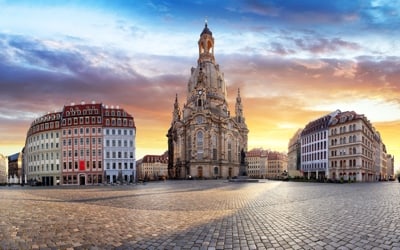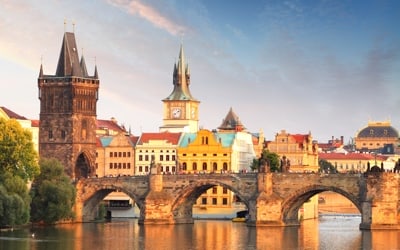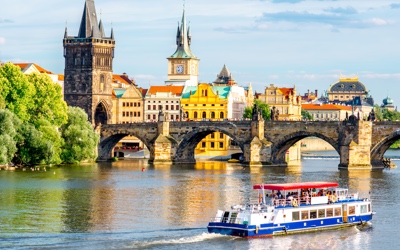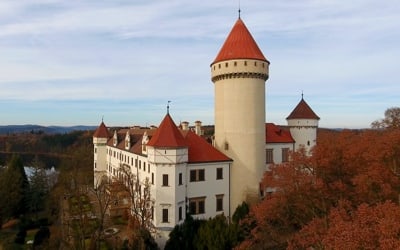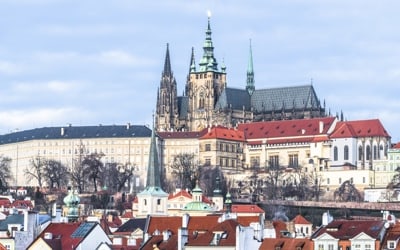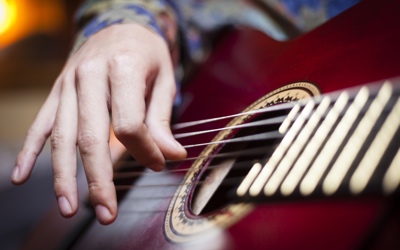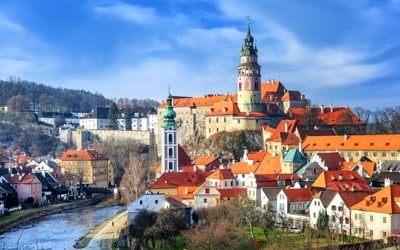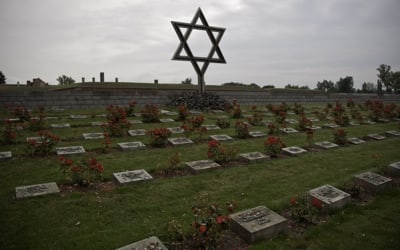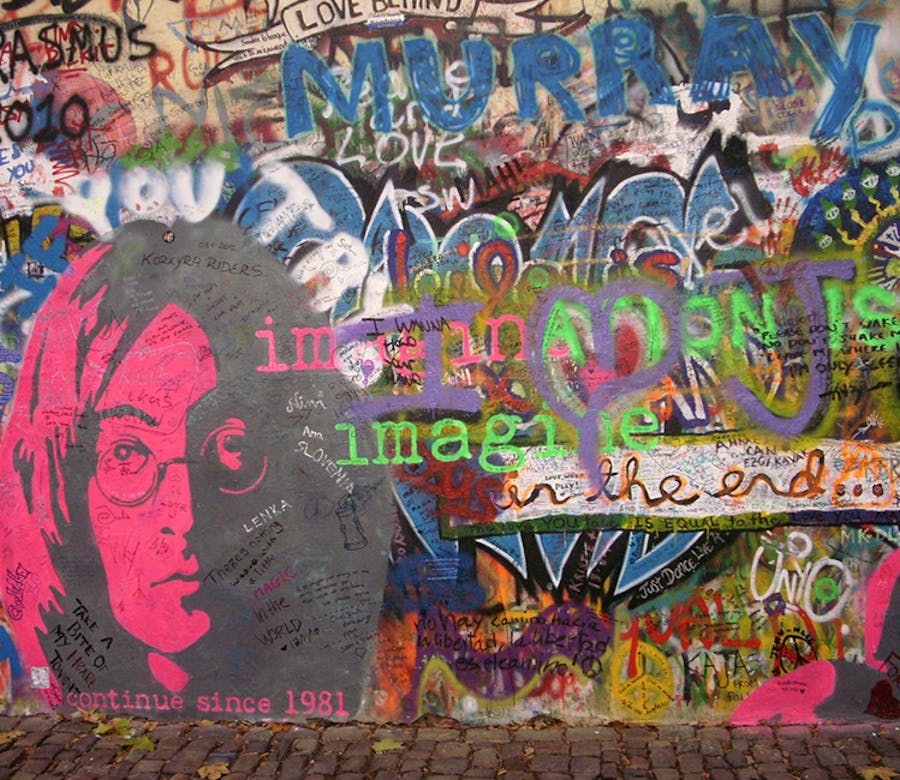
The Cold War Years - Prague under Totalitarianism Tour with a Historian
At noon on the first Wednesday of every month, Prague's air sirens are tested. The sirens and still-present bunkers in the city are a reminder of the struggles that occurred in the capital of a Soviet satellite state. On this 3-hour walking tour, you'll journey through 40 years of Prague's history in the Cold War.
You'll start off in a large shelter built into Vitkov Hill. This site has always been home to the world's largest equestrian statue, dedicated to the unbeatable 15th-century Hussite general Jan Žižka, as well as the WWI Legionnaires. However, the Communist Party of Czechoslovakia (KSC) took power in 1948 in an “elegant coup” and created The Hall of the Red Army. You'll be able to walk through the building and see the mausoleum which once contained the mummified body of Klement Gottwald, first chairman of the KSC, as well as the laboratory dedicated to keeping the embalmed body intact. From the top of the hill you'll get a wonderful panorama of the city, including the Television Tower. Construction of this high-tech work of architecture began in 1985 and the building was rumored to be designed for blocking Radio Free Europe transmissions.
As you make your way back to the city center, you'll be able to learn more about the daily lives of Prague citizens under totalitarianism. You'll see Letna Hill, which once had the largest Stalin statue in the world, and John Lennon Wall, where citizens risked imprisonment to create graffiti messages of protest and expressions of freedom. Your tour will also take you to the National Assembly building. Once the seat of the communist government, this “Socialist Brutalist” architectural style was built over the previous Prague Stock Exchange, a symbol of socialism's victory over the market economy of the country.
You'll continue on to the famous Wenceslaus Square, where the Prague Spring of 1968, a brief moment of free speach and press, was suppressed with tanks. Your tour will extensively cover the rise of communism in Czechoslovakia, the Velvet Revolution, the rise of Vaclav Havel as president, and the current state of the country's economy and culture.
